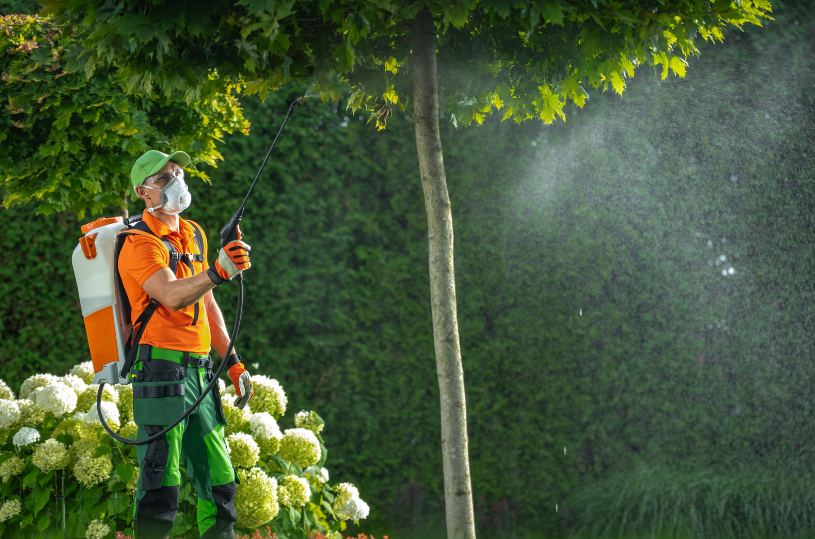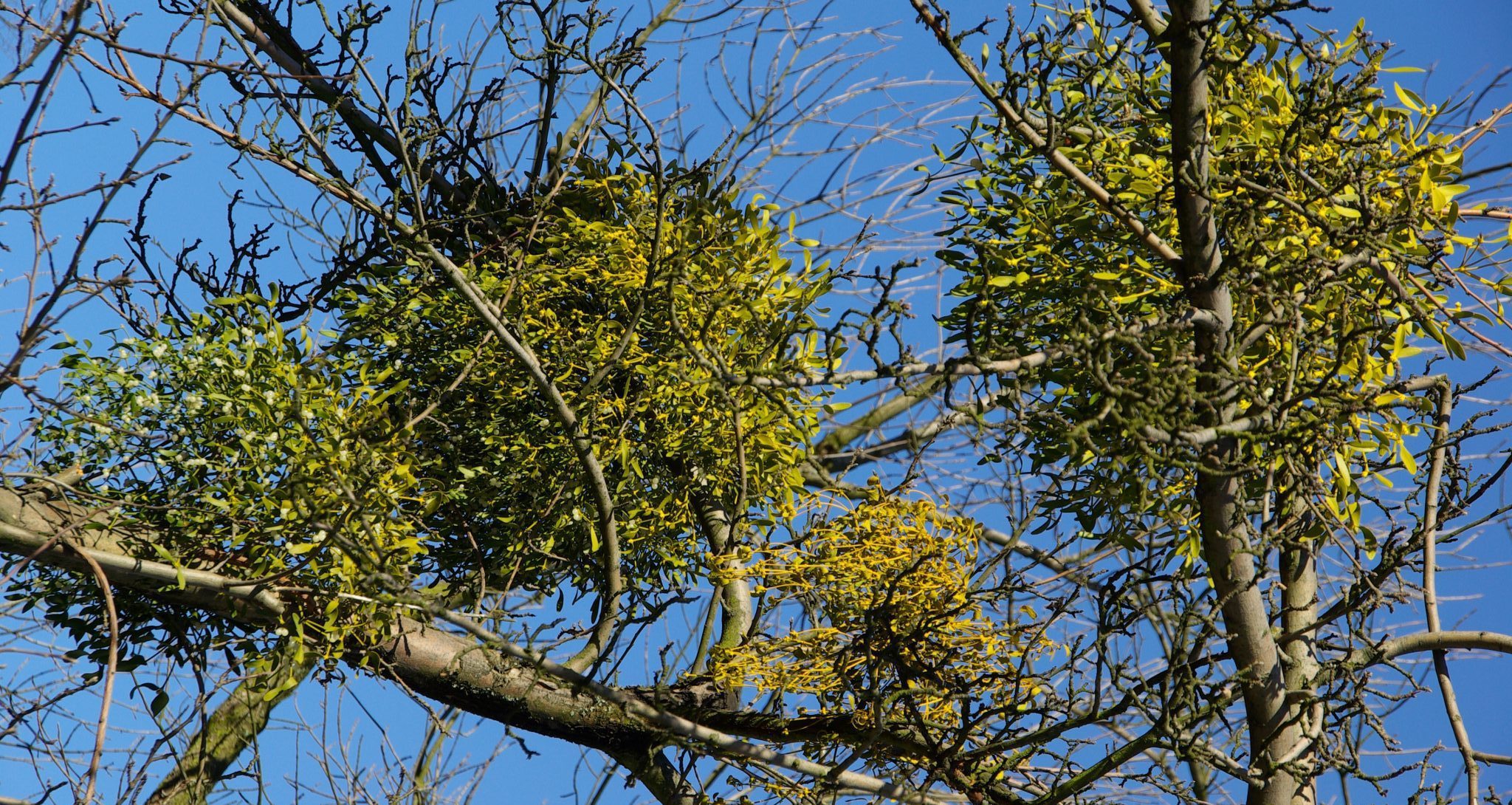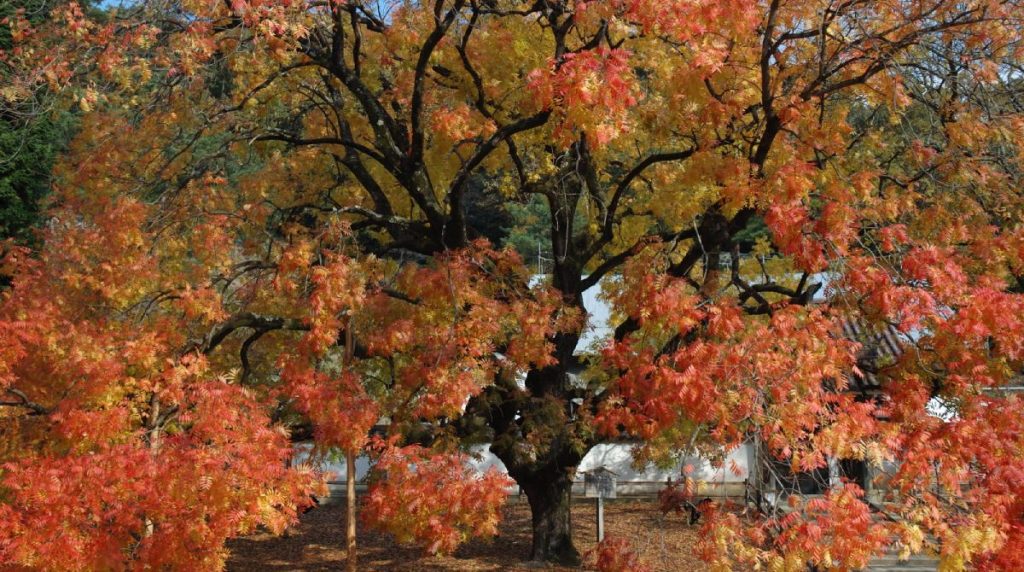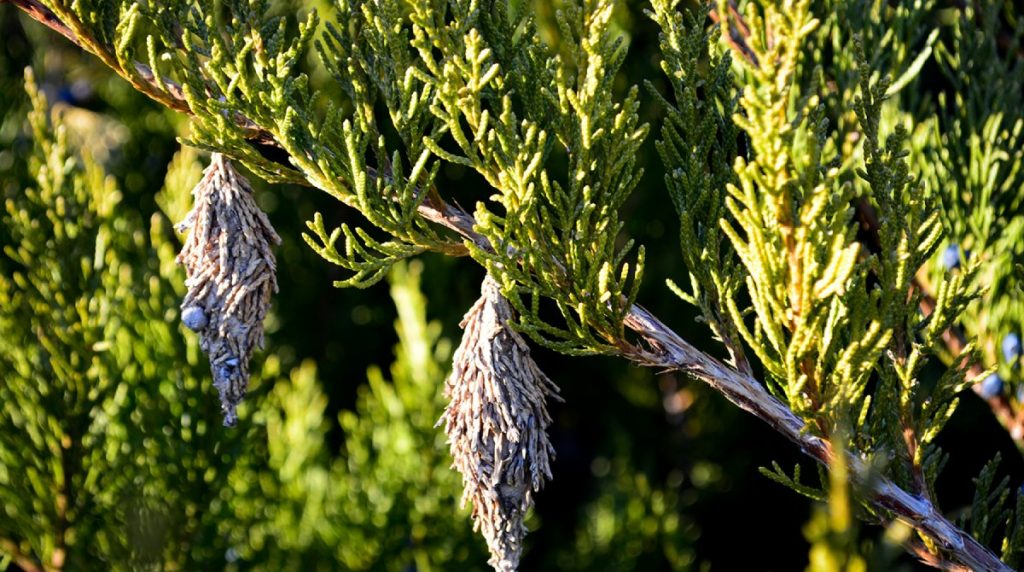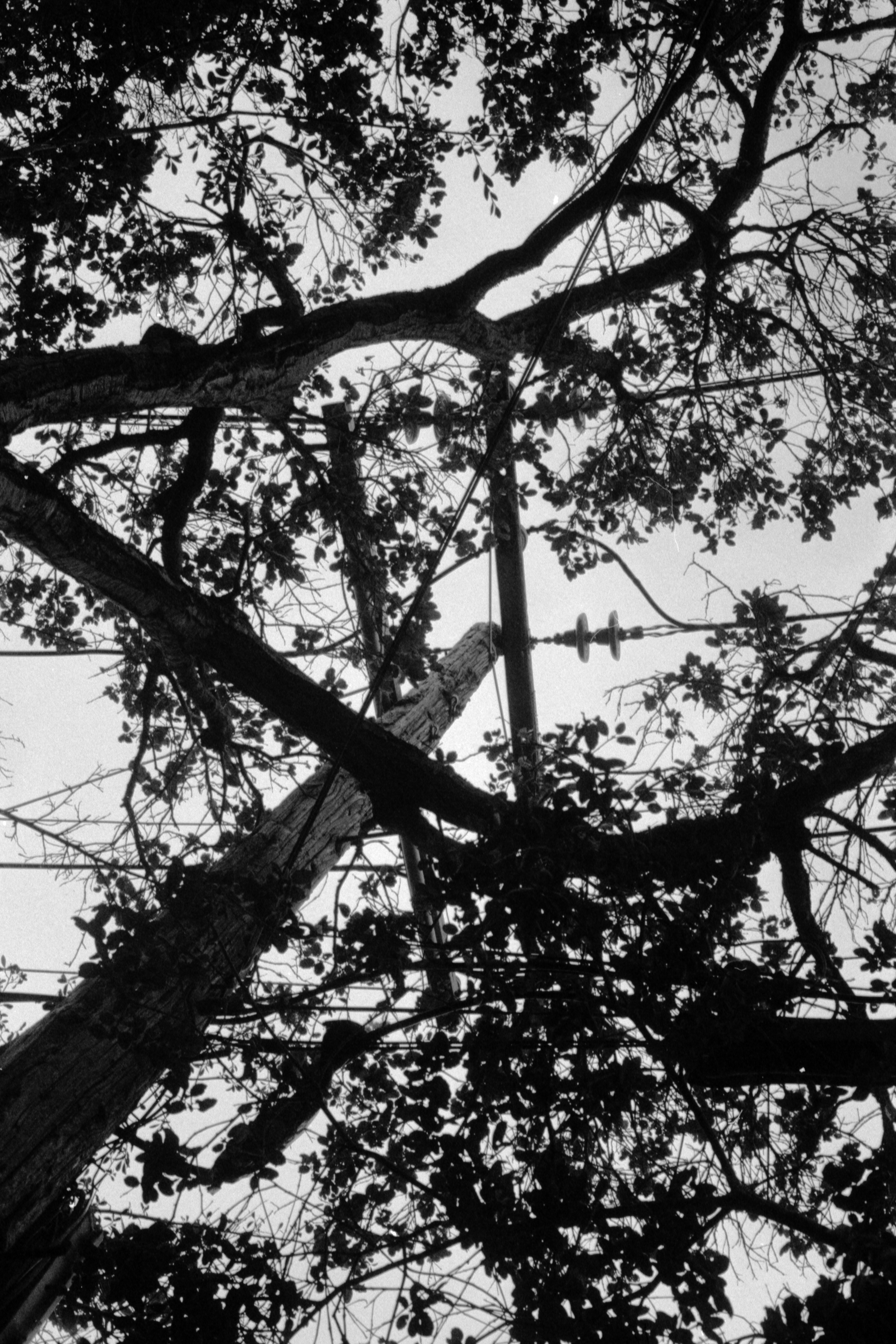
Date October 10, 2023
Part 1: Understanding Grapevine’s Green Gems
Introduction
In the heart of Texas, Grapevine stands as a testament to nature’s beauty. With its vast landscapes and scenic views, the trees play a pivotal role in the city’s allure. But with the beauty of Grapevine’s arboreal splendor comes the responsibility of understanding and navigating the unique challenges and advantages associated with its environment. Since 2017, TreeNewal has been the go-to expert for all tree care needs in Grapevine, Texas, bringing unmatched expertise and dedication to the community.
Grapevine’s Climate and Its Impact on Trees
- Overview of Grapevine’s Typical Weather Patterns
Grapevine experiences a mix of humid subtropical climate, with hot summers and generally mild winters. This climatic pattern means trees have to be robust enough to handle both the intense heat and the sporadic cold snaps. - How Climate Affects Tree Health and Growth
The blazing summer sun can cause trees to lose moisture rapidly, making them susceptible to drought stress. Conversely, sudden winter frosts can shock unprepared trees, especially if they haven’t been acclimatized to the cooler temperatures.
Soil Conditions in Grapevine
- Introduction to the Types of Soil in Grapevine
Grapevine soil predominantly consists of clayey and sandy compositions. This variation in soil type can be a boon for many trees but can also pose challenges if not appropriately managed. - Importance of Understanding Soil for Tree Care
Knowing the type of soil in your garden can drastically affect tree health. Some trees thrive in sandy soils, while others prefer the moisture-retaining properties of clay. Matching trees with the appropriate soil ensures that they receive the nutrients they need and aids in water management.
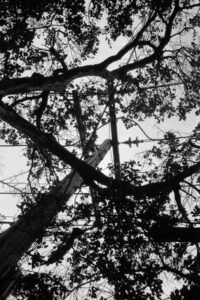
Choosing the Right Trees for Grapevine
- Native Trees Best Suited for Grapevine’s Conditions
- Post Oak: A resilient tree that handles drought exceptionally well.
- Eastern Red Cedar: Adaptable and can grow in various soil types.
- Texas Ash: Beautiful fall foliage and prefers the alkaline soils common in Grapevine.
- Considerations When Selecting Non-Native Trees
Before planting non-native trees, it’s essential to ensure they can thrive in Grapevine’s climate and soil. Always consider:- Water requirements.
- Resistance to local pests and diseases.
- Tolerance to heat and occasional frosts.
Planting Trees in Grapevine
- Best Seasons for Planting
The ideal planting season in Grapevine is during the fall. This timing gives trees ample time to establish their roots before the scorching summer heat. - Depth, Spacing, and Initial Care
- Ensure the hole is twice the width of the root ball but no deeper than its height.
- Space trees based on their mature size, not their size at planting.
- Water newly planted trees generously and apply a layer of mulch to retain moisture.
Watering Tips and Techniques
- How Often to Water
During the summer months, water young trees every 7-10 days and mature trees every 2-4 weeks. Adjust based on rainfall and soil moisture. - Techniques to Ensure Deep Root Growth
- Use a soaker hose or drip irrigation to promote deep watering.
- Water early in the morning or late in the evening to reduce evaporation.
- Always water the base, ensuring the moisture reaches the roots without wetting the foliage, which can lead to fungal diseases.
With the right knowledge, Grapevine residents can ensure that their green gems not only survive but thrive, adding beauty and ecological balance to their surroundings. Proper tree care is an investment in the future, ensuring that Grapevine remains a green and lush city for generations to come.
Part 2: Advanced Tree Care and FAQs
Pruning and Maintenance
- When to Prune
The best times to prune in Grapevine are late winter or early spring before new growth starts. This reduces the risk of pest infestations associated with open wounds. - Tools and Techniques for Effective Pruning
-
- Use sharp and sterilized pruning shears or saws.
- Focus on removing dead, diseased, or overlapping branches.
- Always make cuts at a 45-degree angle, just above a bud or branching point.
-
Protecting Trees from Diseases and Pests
- Common Tree Diseases in Grapevine
- Oak Wilt: A fungal disease affecting oak trees.
- Pine Decline: Caused by various factors including pests and fungi.
- Insects to Watch Out For
- Emerald Ash Borers: Invasive beetles damaging ash trees.
- Bark Beetles: Small insects that can be lethal to weakened trees.
- Treatment and Preventive Measures
- Regularly inspect trees for signs of disease or insect activity.
- Apply organic insecticides or fungicides when needed.
- Maintain tree health to boost resistance.
Fertilization and Soil Enhancement
- Determining if Your Tree Needs Fertilization
If your tree shows signs of stunted growth, pale leaves, or fewer leaves, it might benefit from fertilization. - Organic vs. Chemical Fertilizers
- Organic Fertilizers: Slow-releasing and improve soil health over time.
- Chemical Fertilizers: Offer immediate nutrients but can harm the soil and surrounding environment with overuse.
Safety and Damage Prevention
- Protection Against Storms and High Winds
- Secure young trees with stakes.
- Prune weak branches that can easily break off.
- Safe Distance from Buildings and Power Lines
Always plant large trees at least 20 feet away from any structures or lines to prevent potential damage or interference.
When to Call a Professional
- Situations When DIY Might Not Suffice
Large-scale pruning, diagnosing unknown diseases, or treating widespread pest infestations often require professional attention. - Benefits of Hiring a Tree Care Expert
An expert can provide specialized care, ensuring your tree’s health and longevity, and can often spot and address problems before they escalate.
FAQs (Based on ‘People Also Ask’ for the Keyword)
- Q1: How often should I water my tree during Grapevine’s hot summer?
A: Young trees should be watered every 7-10 days, while mature trees every 2-4 weeks, adjusting for rainfall. - Q2: Are there any local tree species that are more drought-resistant?
A: Yes, species like Post Oak and Eastern Red Cedar are known for their drought resilience. - Q3: How do I identify and treat common tree diseases in Grapevine?
A: Look for signs like discolored leaves, fungi growth, or bark changes. Consult a local tree expert for treatment options. - Q4: Can I plant fruit trees in my Grapevine backyard?
A: Absolutely! Just ensure they are suited to Grapevine’s climate, like peach or fig trees.
Conclusion
In Grapevine, trees aren’t just a backdrop but an essential part of the community’s fabric. Through tailored care and continual education, residents can ensure these green giants remain a lasting legacy for generations. Always remember, the time and effort invested in tree care today yield a greener, healthier tomorrow.
Unlock the secrets of thriving trees in Grapevine with our comprehensive Tree Care Guide. Whether you’re battling pests, pondering the perfect tree for your yard, or just looking for maintenance tips, our guide has got you covered. Don’t leave your trees to chance; trust the expertise of TreeNewal, serving the Dallas and Fort Worth Metroplex since 2017. Ready to turn your green thumb into a master touch? Dive deeper with TreeNewal and let our experience guide your tree care journey.
